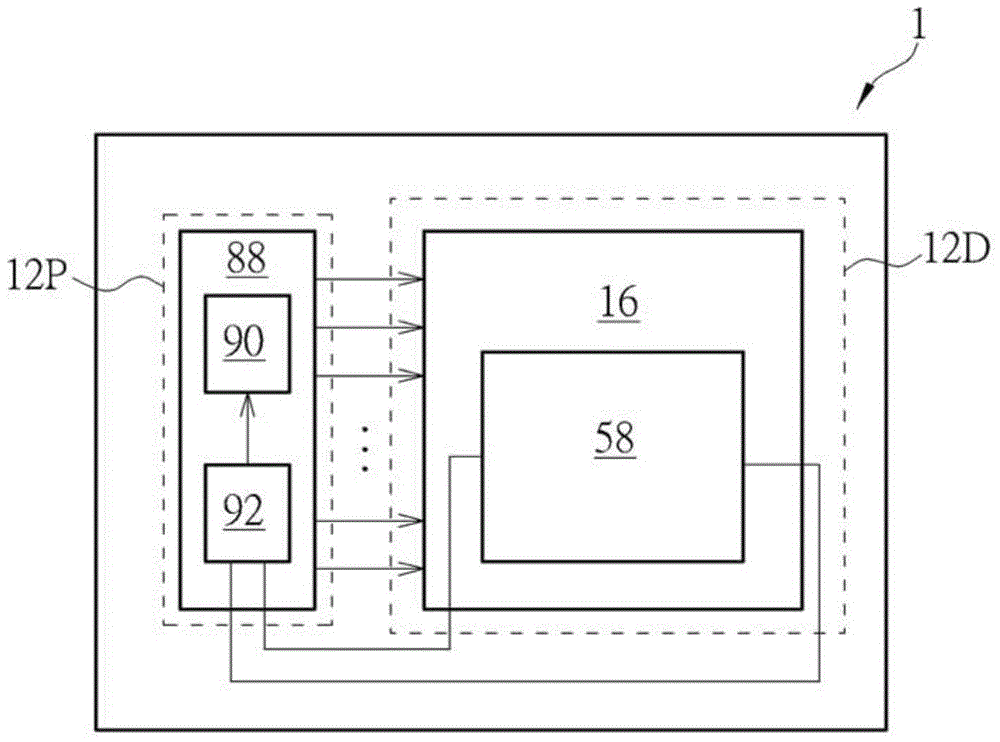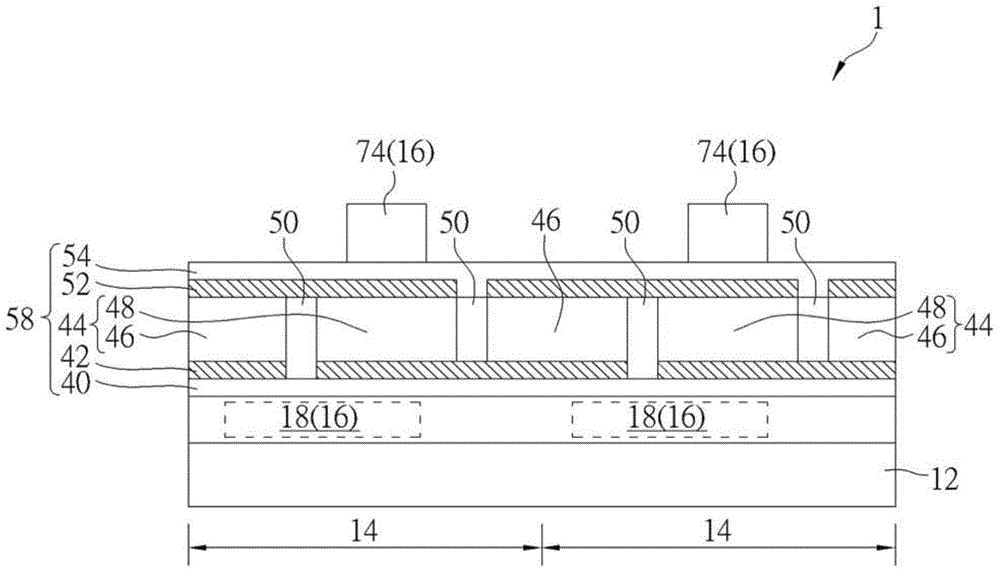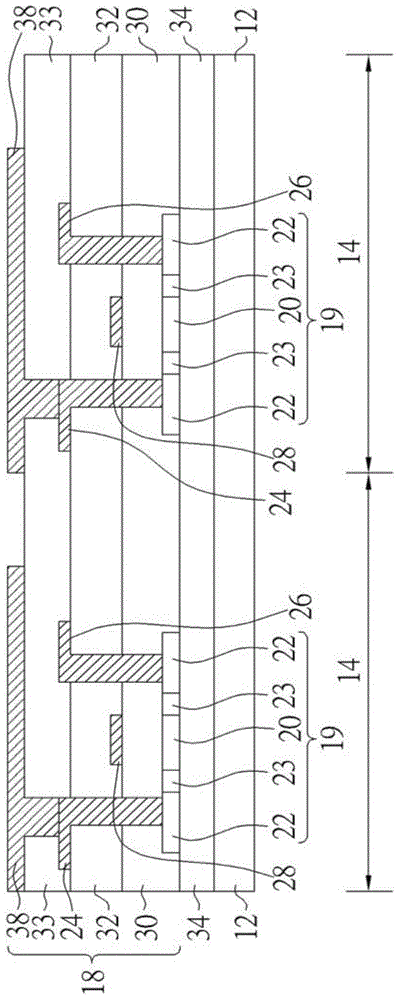Display panel
A technology for display panels and substrates, which is applied in the direction of instruments, identification devices, etc., can solve the problems of electrical performance degradation of electronic components, and achieve the effect of reducing load
- Summary
- Abstract
- Description
- Claims
- Application Information
AI Technical Summary
Problems solved by technology
Method used
Image
Examples
Embodiment Construction
[0055] In order to enable those who are familiar with the technical field of the present invention to further understand the present invention, the preferred embodiments of the present invention are specifically listed below, and with the accompanying drawings, the composition of the present invention and the desired effects are described in detail. .
[0056] Please refer to figure 1 and figure 2 . figure 1 A functional block diagram of the display panel of the present invention is shown. figure 2 A cross-sectional view of the pixel area of the display panel of the present invention is shown. like figure 1 As shown, the display panel 1 of this embodiment includes a substrate 12 , a pixel array 16 , a thermoelectric module 58 and a power module 88 . The substrate 12 includes a peripheral area 12P and a display area 12D. The pixel array 16 and the thermoelectric module 58 are disposed on the display area 12D of the substrate 12 , and the power module 88 is disposed on...
PUM
 Login to View More
Login to View More Abstract
Description
Claims
Application Information
 Login to View More
Login to View More - R&D
- Intellectual Property
- Life Sciences
- Materials
- Tech Scout
- Unparalleled Data Quality
- Higher Quality Content
- 60% Fewer Hallucinations
Browse by: Latest US Patents, China's latest patents, Technical Efficacy Thesaurus, Application Domain, Technology Topic, Popular Technical Reports.
© 2025 PatSnap. All rights reserved.Legal|Privacy policy|Modern Slavery Act Transparency Statement|Sitemap|About US| Contact US: help@patsnap.com



